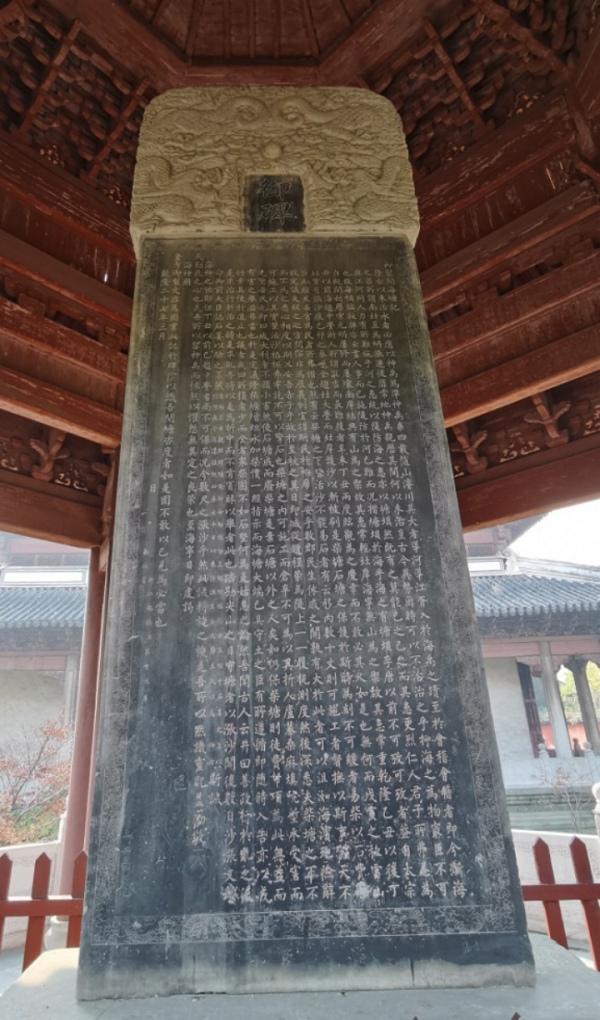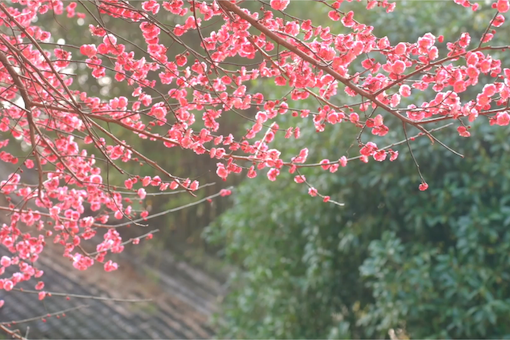Jiaxing's imperial stele listed as important cultural relic
The National Cultural Heritage Administration recently announced the first batch of ancient inscribed monuments, which features 1,658 important cultural relics such as inscriptions on precipices spanning from the Warring States Period (475-221 BC) to the Qing Dynasty (1644-1911), and includes 20 languages such as Chinese, Tibetan, Mongolian, Manchu, and Uyghur.
The cultural relics are distributed throughout 31 provinces, autonomous regions, and municipalities across the country. Among them are 38 important cultural relics in Zhejiang province, including the Yanguan Haishen Temple Imperial Stele in Haining.
The Yanguan Haishen Temple Imperial Stele is a rare example of a stele with two sides written by two emperors who are father and son.
The front side was Emperor Yongzheng's article and the back side was Emperor Qianlong's article.
Emperor Qianlong visited Haining four times during his southern tour to inspect sea embankments and offer incense at various temples. He wrote the record after his first visit in his 27th year of reign (1762), summarizing the water control concepts and experiences from ancient times for his contemporizes and clarifying the advantages and disadvantages of different types of sea embankments.
Haishen Temple is dedicated to the god of the sea and is 300 years old. It is one of the most popular attractions in Haining.

The Yanguan Haishen Temple Imperial Stele in Haining, a county-level city of Jiaxing in East China's Zhejiang province. [Photo/jiaxingren.com]


 Red boat spirit inspires new developments
Red boat spirit inspires new developments Zhejiang: A Decade of Progress
Zhejiang: A Decade of Progress A look at Jiaxing's H1 economic data
A look at Jiaxing's H1 economic data